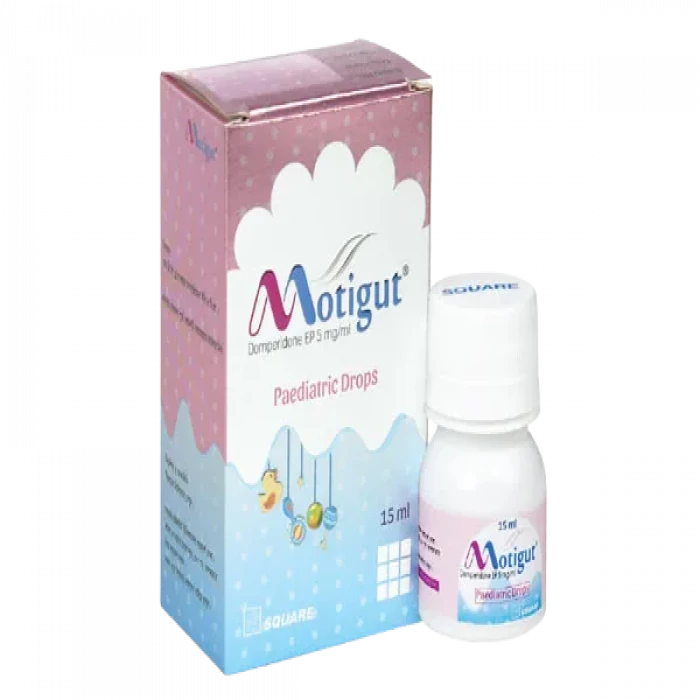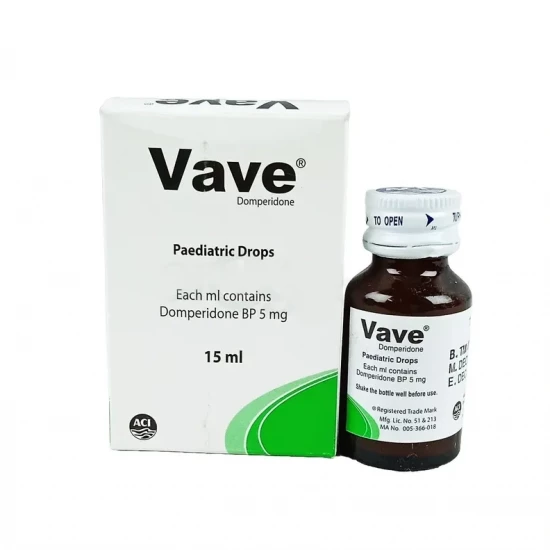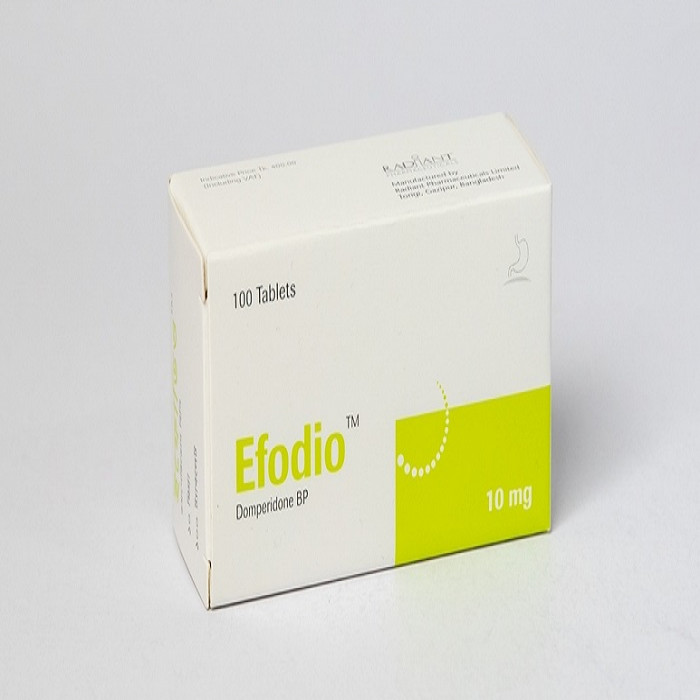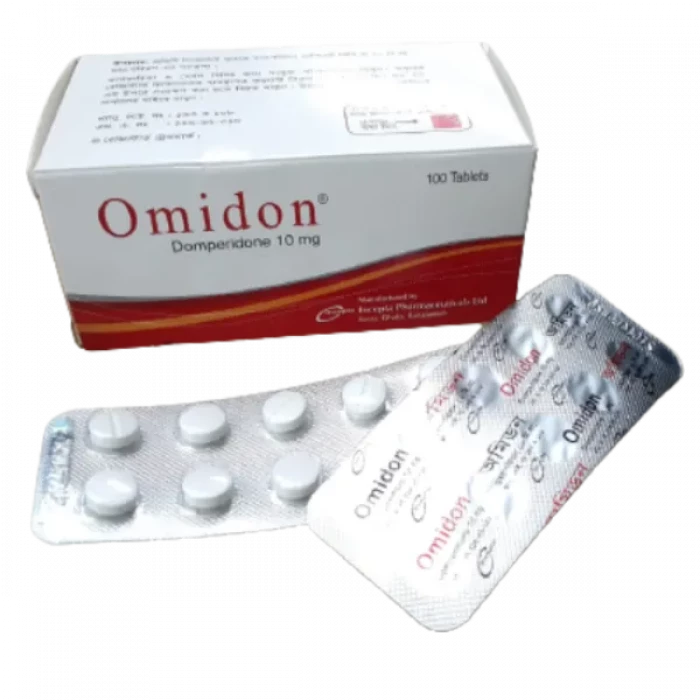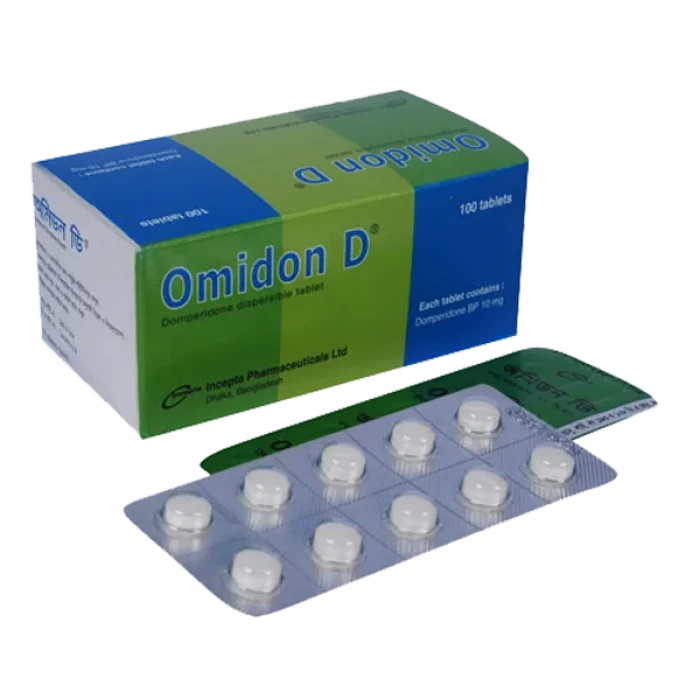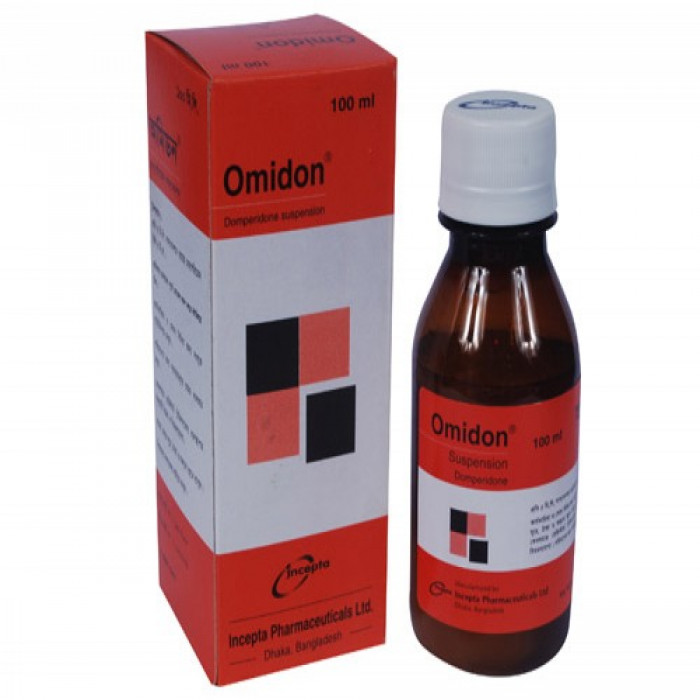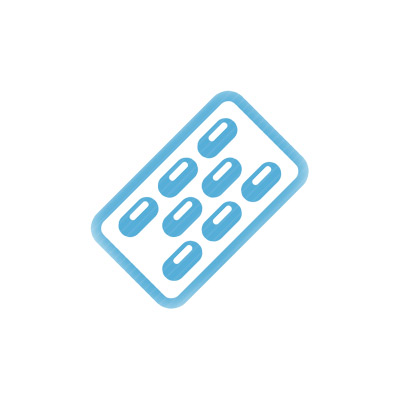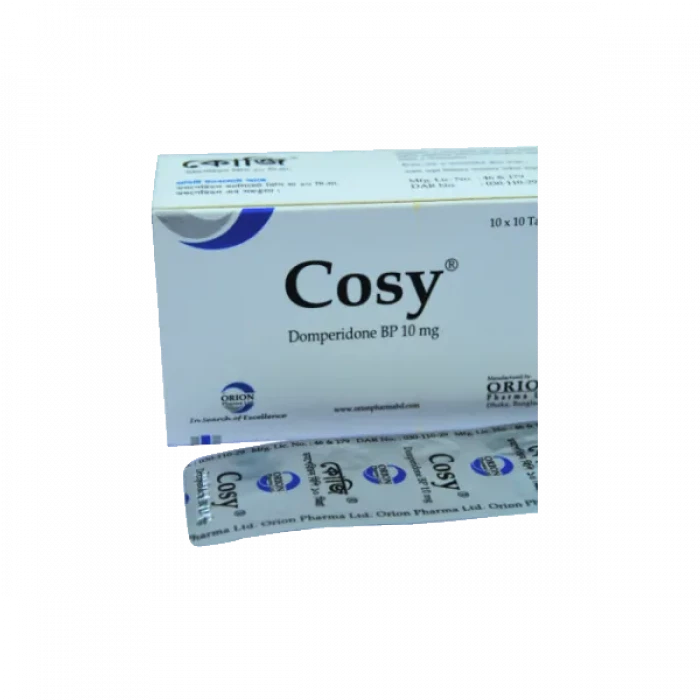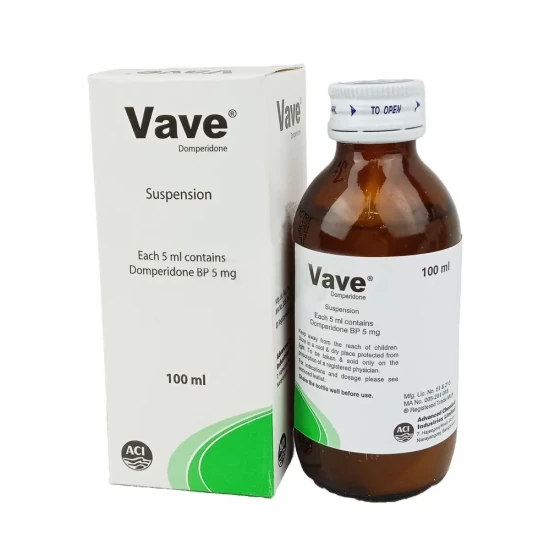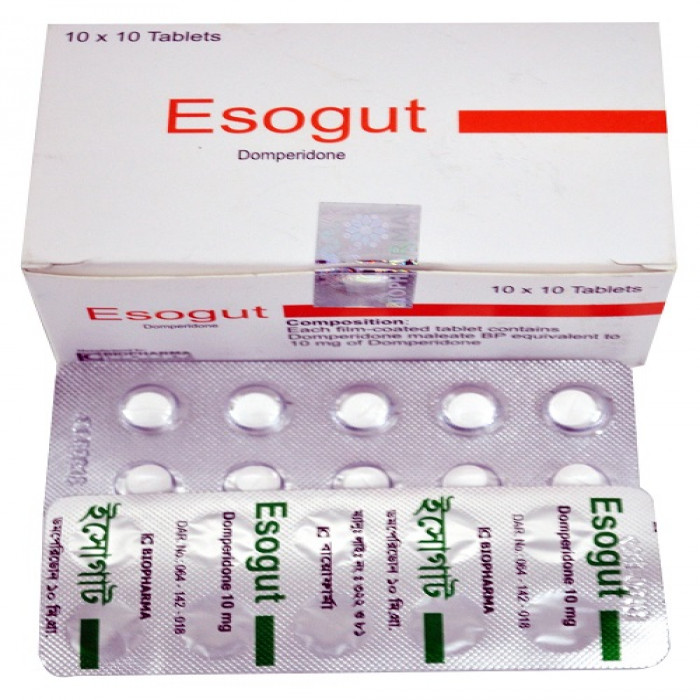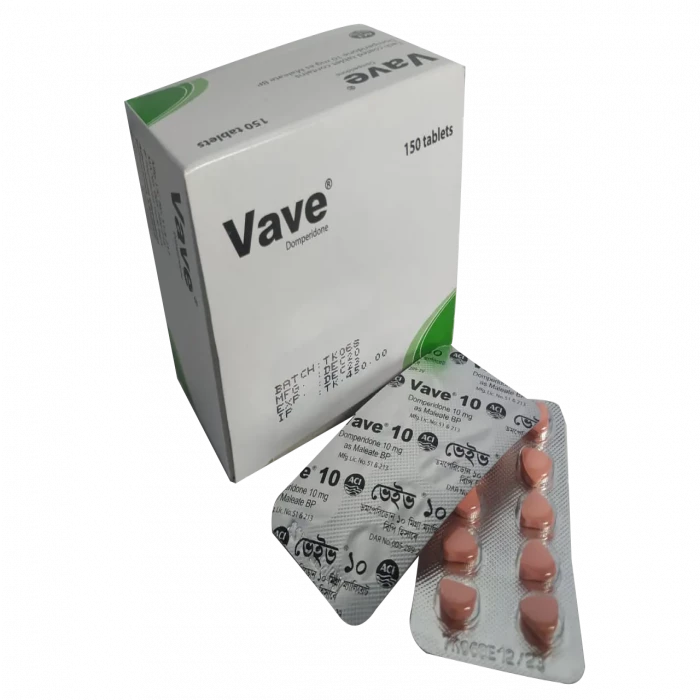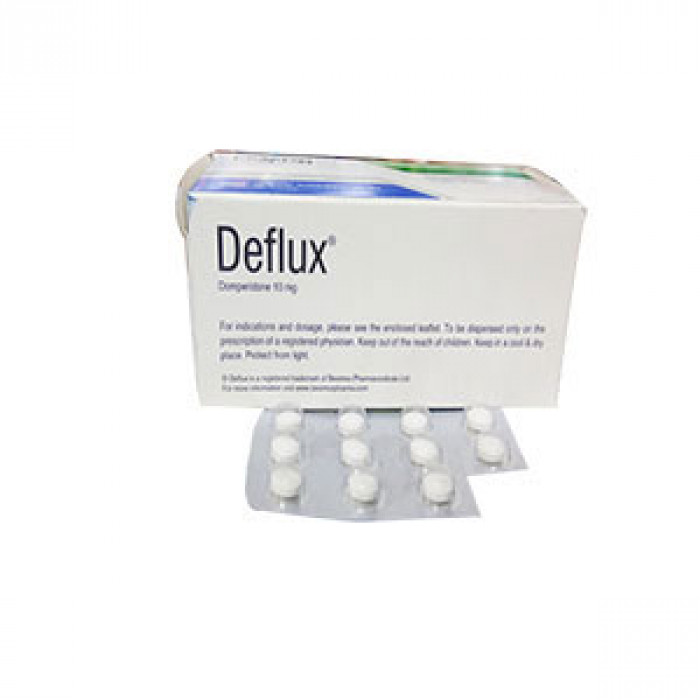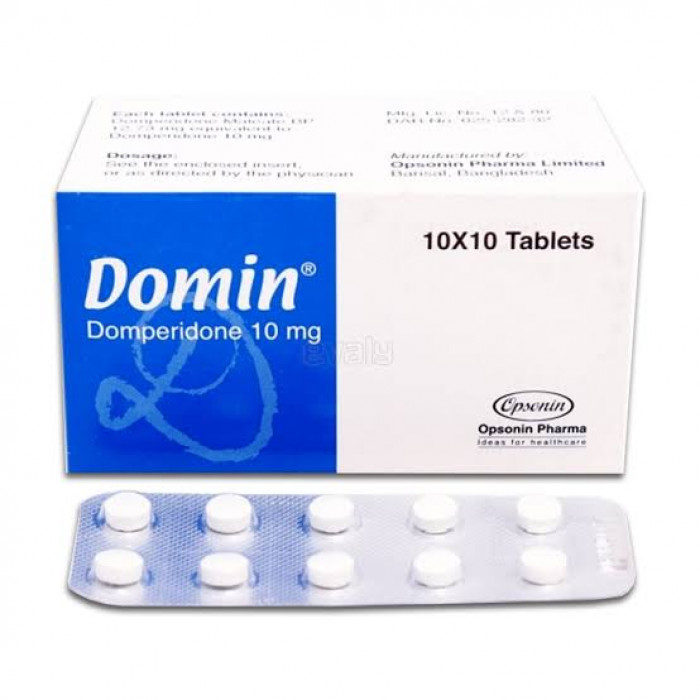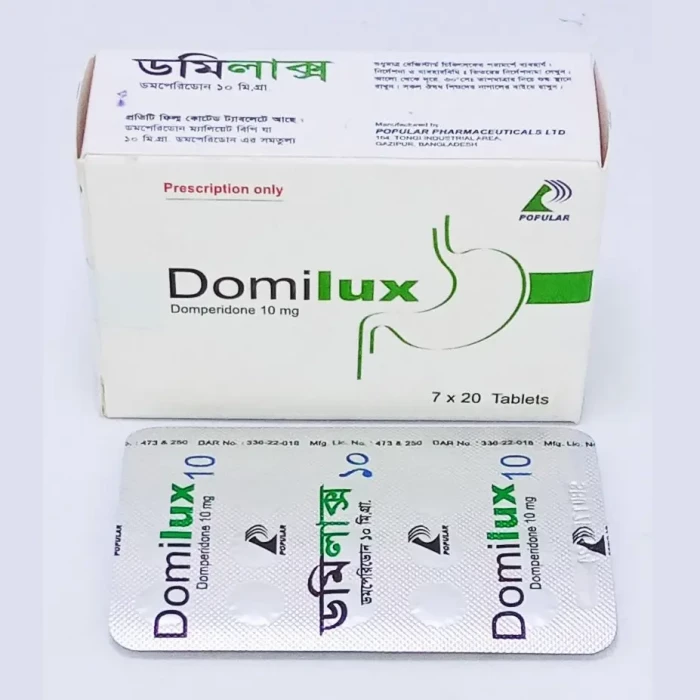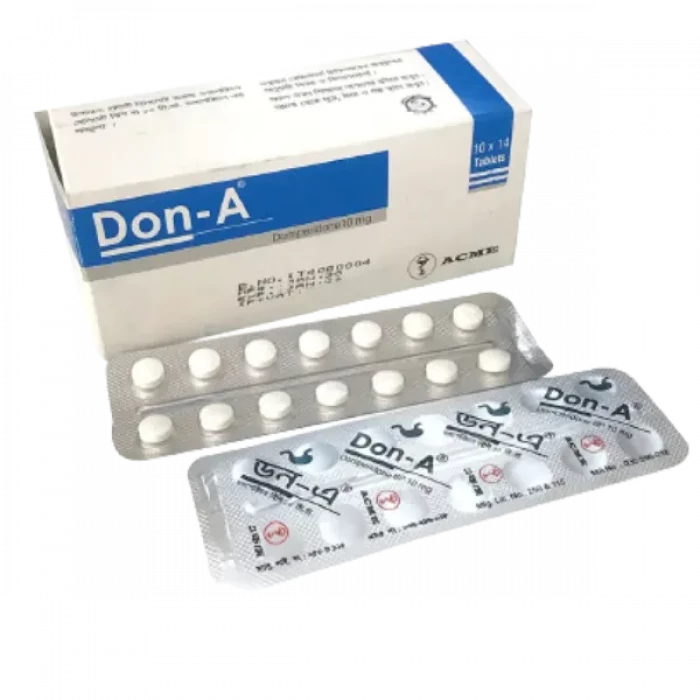
✔ 100% Authentic Product
👁️ Currently Viewing 1412
- Apuldon 10 helps relieve nausea, vomiting, and indigestion.
- Apuldon 10 should be taken before meals as per the dose and duration prescribed by your doctor.
- Apuldon 10 Tablet may cause dizziness and sleepiness. Do not drive or do anything that requires mental focus until you know how it affects you.
- Avoid consuming alcohol when taking Apuldon 10 Tablet, as it may cause excessive drowsiness.
- Dry mouth may occur as a side effect. Frequent mouth rinses, good oral hygiene, increased water intake, and sugarless candy may help.
- Inform your doctor if you get watery diarrhea, fever, or stomach pain that does not go away.
- Do not take Apuldon Tablet for longer than 7 days without consulting your doctor.
- Take 15–30 minutes before meals and, if needed, before bedtime.
Discount
Price: ৳ 33
MRP:
৳
35
6%
Off

100% Genuine Products, Guaranteed

Safe & Secure Payments, Always

Fast, Secure & Efficient Delivery

Proper Packaging
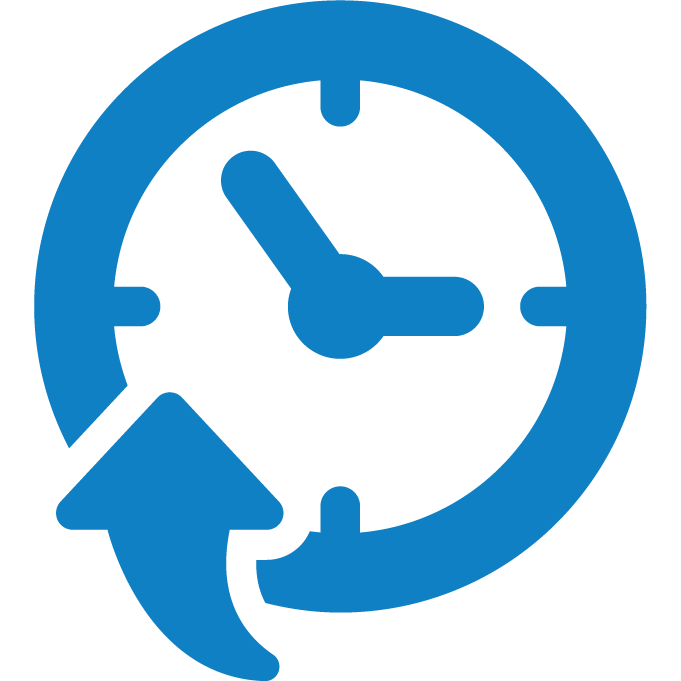 Cash on Delivery - All over Bangladesh
Cash on Delivery - All over Bangladesh Regular Delivery - 12-24 Hours, Dhaka City* Charge Tk.39-59
Regular Delivery - 12-24 Hours, Dhaka City* Charge Tk.39-59 Regular Delivery - 24-48 Hours, Other Cities* Charge Tk.99-110
Regular Delivery - 24-48 Hours, Other Cities* Charge Tk.99-110
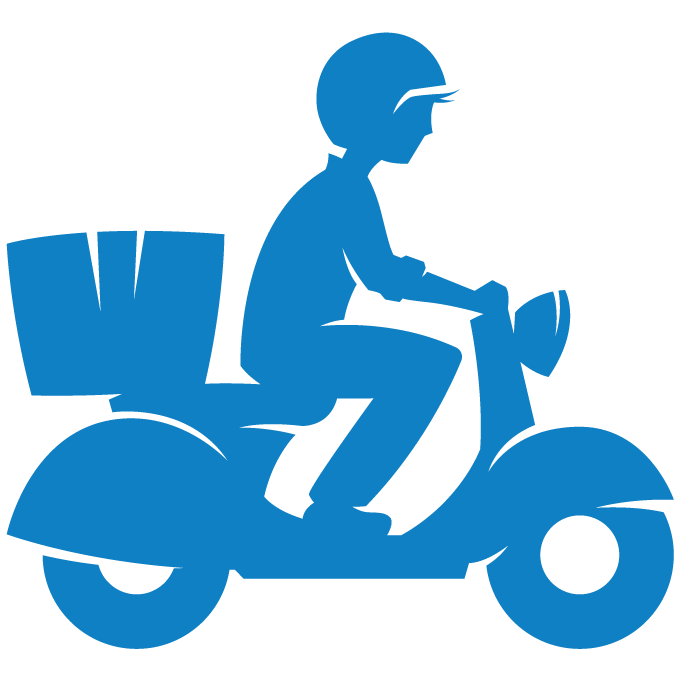 ফ্রি ডেলিভারিঃ - ৯৯৯ টাকা+ অর্ডারে, ঢাকা
শহরে
ফ্রি ডেলিভারিঃ - ৯৯৯ টাকা+ অর্ডারে, ঢাকা
শহরে ফ্রি ডেলিভারিঃ - ২৯৯৯ টাকা+ অর্ডারে, ঢাকার
বাহিরে
ফ্রি ডেলিভারিঃ - ২৯৯৯ টাকা+ অর্ডারে, ঢাকার
বাহিরে
100% Genuine Products, Guaranteed
Safe & Secure Payments, Always
Fast, Secure & Efficient Delivery
Proper Packaging
 Cash on Delivery - All over Bangladesh
Cash on Delivery - All over Bangladesh Regular Delivery - 12-24 Hours, Dhaka City* Charge Tk.39-59
Regular Delivery - 12-24 Hours, Dhaka City* Charge Tk.39-59 Regular Delivery - 24-48 Hours, Other Cities* Charge Tk.99-110
Regular Delivery - 24-48 Hours, Other Cities* Charge Tk.99-110 ফ্রি ডেলিভারিঃ - ৯৯৯ টাকা+ অর্ডারে, ঢাকা
শহরে
ফ্রি ডেলিভারিঃ - ৯৯৯ টাকা+ অর্ডারে, ঢাকা
শহরে ফ্রি ডেলিভারিঃ - ২৯৯৯ টাকা+ অর্ডারে, ঢাকার
বাহিরে
ফ্রি ডেলিভারিঃ - ২৯৯৯ টাকা+ অর্ডারে, ঢাকার
বাহিরে
✅ Description:
Domperidone blocks dopamine receptors located in the chemoreceptor trigger zone (CTZ) and within the stomach. By antagonizing dopamine’s inhibitory effect on gut motility, it normalizes upper GI tone and movement, speeds gastric emptying, enhances antral/duodenal peristalsis, and coordinates pyloric contractions. It also increases esophageal peristalsis and raises lower esophageal sphincter pressure, reducing reflux. Because it crosses the blood–brain barrier poorly, psychotropic and neurologic effects are uncommon.
Overdose
Symptoms: drowsiness, disorientation, extrapyramidal reactions (especially in children).
Management: administer activated charcoal, observe closely. For EPS, consider anticholinergic antiparkinson agents or antihistamines with anticholinergic properties.
✔️ Apuldon (Domperidone) Indications
Gastrointestinal symptoms—often linked to delayed gastric emptying, reflux, or esophagitis:
- Upper-abdominal fullness, bloating/distension, epigastric pain
- Belching, excess gas, and early satiety
- Nausea and vomiting
- Heartburn, with or without sour regurgitation
- Non-ulcer dyspepsia
- Acute nausea/vomiting of functional, organic, infectious, dietary causes, or triggered by radiotherapy, medicines, or migraine.
- Parkinson’s disease: Control of nausea/vomiting caused by dopamine-agonist therapy.
- Radiology: To accelerate barium transit during follow-through studies.
✔️ Dosage & Administration:
Infants (<1 year): only under close medical supervision; neurological adverse effects cannot be fully ruled out.
Liver disease: use with caution.
Severe renal impairment (serum creatinine > 6 mg/100 ml ≈ >0.6 mmol/L): The elimination half-life is prolonged (from ~7.4 to ~20.8 hours), although plasma levels are lower. For repeated dosing, reduce the dosing frequency to once or twice daily, depending on the severity; dose reduction may also be necessary. Review patients on prolonged therapy regularly.
Adults
General use/dyspepsia: 10–20 mg (1–2 tablets or 10–20 ml suspension) every 6–8 hours; max 80 mg/day.
Acute/sub-acute nausea & vomiting: 20 mg (2 tablets or 20 ml suspension) every 6–8 hours.
Children
General use/dyspepsia / acute N&V: 0.2–0.4 mg/kg per dose
(equivalent to 2–4 ml suspension per 10 kg or 0.4–0.8 ml pediatric drops per 10 kg) every 6–8 hours.
In acute nausea/vomiting, the maximum treatment duration is 12 weeks.
✔️ Contraindications
- Known hypersensitivity to domperidone or any component
- Neonates
- Situations where GI stimulation is unsafe: GI bleeding, mechanical obstruction, or perforation
- Prolactin-secreting pituitary tumor (prolactinoma)
✔️ Possible Side Effects | Apuldon 10
Uncommon: transient abdominal cramps
Neurologic (extrapyramidal): rare in young children, exceptional in adults; typically reversible upon stopping
Endocrine: increased prolactin may cause galactorrhea or gynecomastia (rare)
Allergic: rash, urticaria (rare)
In infants (immature blood–brain barrier), neurological effects cannot be completely excluded.
✔️ Drug Interactions
- Anticholinergics may blunt domperidone’s prokinetic/antidyspeptic effect.
- Antacids and antisecretory agents lower oral bioavailability—avoid taking them at the same time as domperidone.
- Metabolized mainly by CYP3A4: strong inhibitors can raise domperidone levels (e.g., azole antifungals, macrolide antibiotics, HIV protease inhibitors, nefazodone).
- As a prokinetic, it could alter absorption of oral drugs (especially sustained-release or enteric-coated forms), though no effect was seen on blood levels of digoxin or paracetamol in stabilized patients.
- Compatible with neuroleptics (no potentiation of their action).
- With dopaminergic agonists (e.g., bromocriptine, levodopa), domperidone reduces peripheral GI side effects (nausea/vomiting) without reducing central efficacy.
✔️ Use in Pregnancy & Lactation
Animal studies (up to 160 mg/kg/day) show no teratogenicity. As with most drugs, use in the first trimester should be considered only if clearly justified by benefit. No evidence to date of increased malformation risk in humans.
Excreted in rat milk; in women, breast-milk levels are ~4× lower than plasma. Potential risk to the newborn is unknown—breastfeeding is not recommended unless the benefits outweigh the risks.
Does not impair alertness.
✔️ Precautions & Warnings
Children: use with great caution due to higher risk of extrapyramidal reactions.
Hepatic impairment: domperidone is extensively metabolized—use cautiously.
✔️ Storage
Store below 30°C, protected from light and moisture. Keep out of reach of children.
⚠️Disclaimer:
At ePharma, we’re committed to providing accurate and accessible health information. However, all content is intended for informational purposes only and should not replace medical advice from a qualified physician. Please consult your healthcare provider for personalized guidance. We aim to support, not substitute, the doctor-patient relationship.




